Binomial name Prunus X yedoensis
A hybrid cherry of unknown origin, probably between Prunus speciosa as father plant and Prunus pendula as mother.It occurs as a natural hybrid in Japan and is now one of the most popular and widely planted cultivated flowering cherries in temperate climates worldwide. 
Intergeneric hybrids
× Cuprocyparis leylandii
Leyland cypress
Family
Cupressaceae
Genus
× Cuprocyparis are large, very fast-growing evergreen trees of narrowly conical or columnar habit, with tiny scale-like leaves in dense sprays, and small spherical cones.Is now a very unpopular tree, as it is not very easy kept in control, and when pruned will not regenerate well.
Chimera ( 2 plants – one tree)
+Laburnocytisus adamii The plus sign (+) indicates its unusual origin. The plant can also be described by the formula Laburnum anagyroides + Chamaecytisus purpureus.
A small tree which is a graft-chimaera between two species, a laburnum, Laburnum anagyroides, and a broom, Chamaecytisus purpureus ( Cytisus purpureus), which bears some shoots typical of the one species, some of the other, and some which are a peculiar mixture of both “parents”. This binomial name is written as if it were one species, but strictly speaking it is not one species but two.
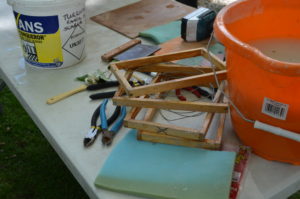
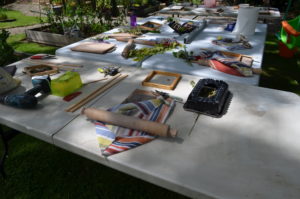

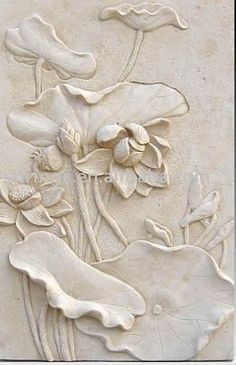

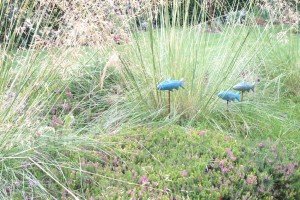
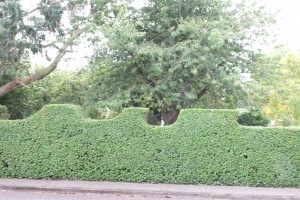
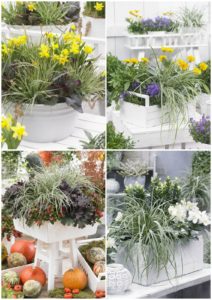 1. Proper plant selection. Select the right plants for the container and growing conditions.
1. Proper plant selection. Select the right plants for the container and growing conditions.